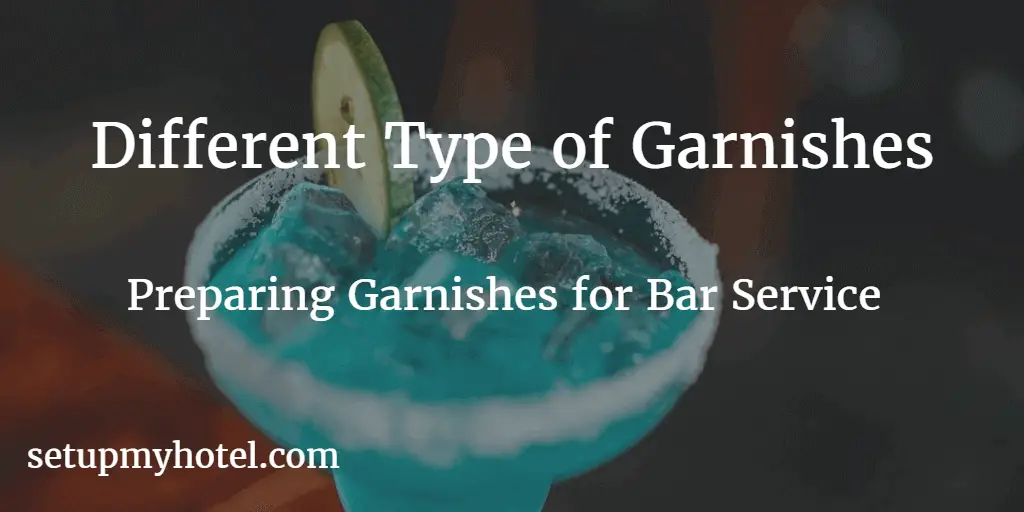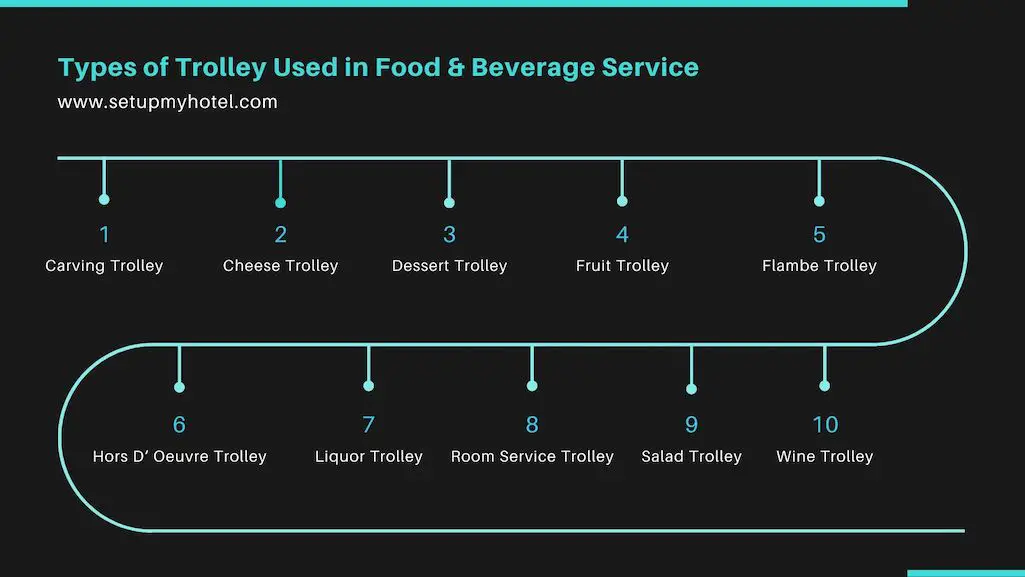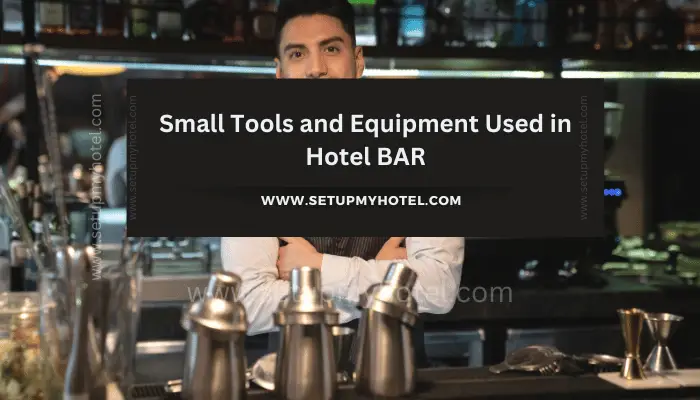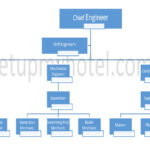Key Terms F&B Or Jargon’s Used In Food & Beverage Service
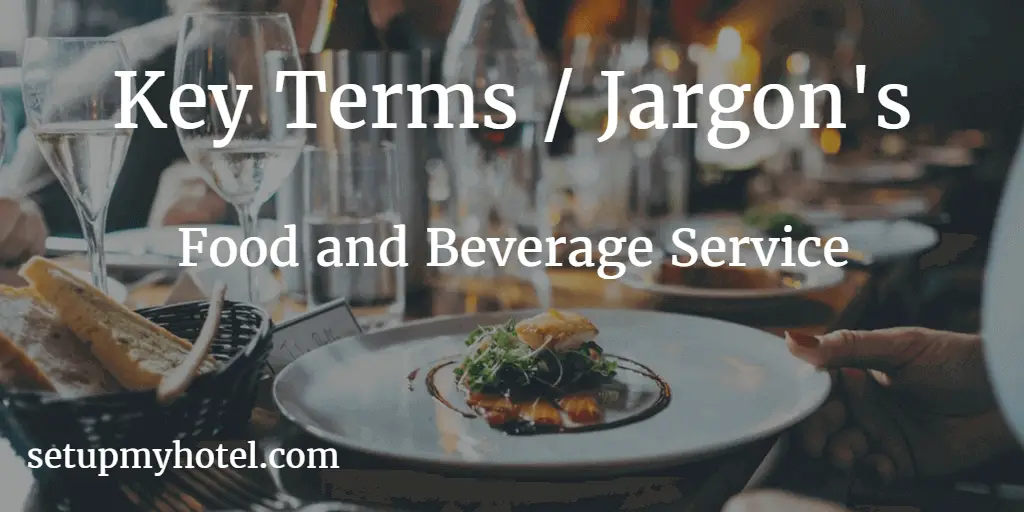
Key terms or Jargon used in Food and Beverage Service In the world of food and beverage service, there are ...
Read more
How To Reduce Skipping (Non Paying) Guest In Restaurants?
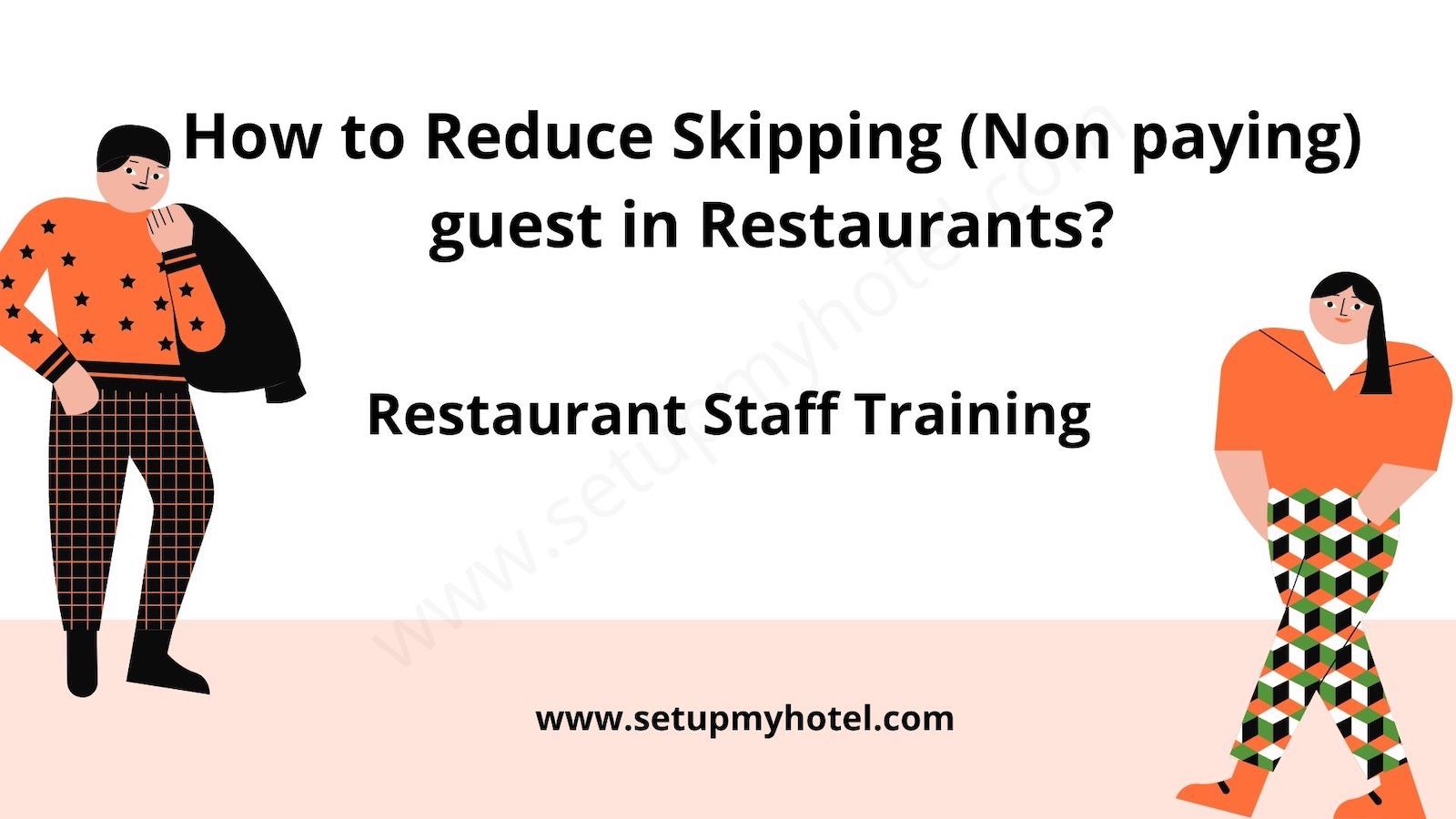
How to Reduce Skipping (non-paying) guests in Restaurants? Reducing the number of non-paying guests, commonly referred to as “skipping” or ...
Read more
4 Types Of F&B Par Stocks
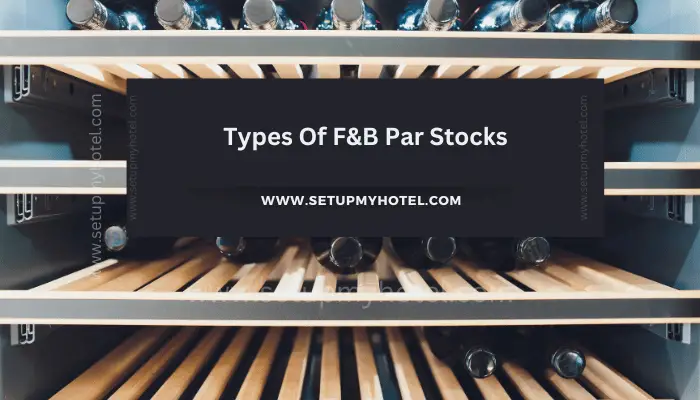
What are the types of Food & Beverage Par Stocks The food and beverage industry, “par stock” refers to the ...
Read more
Room Service / In-Room Dining Department Layout Or Design
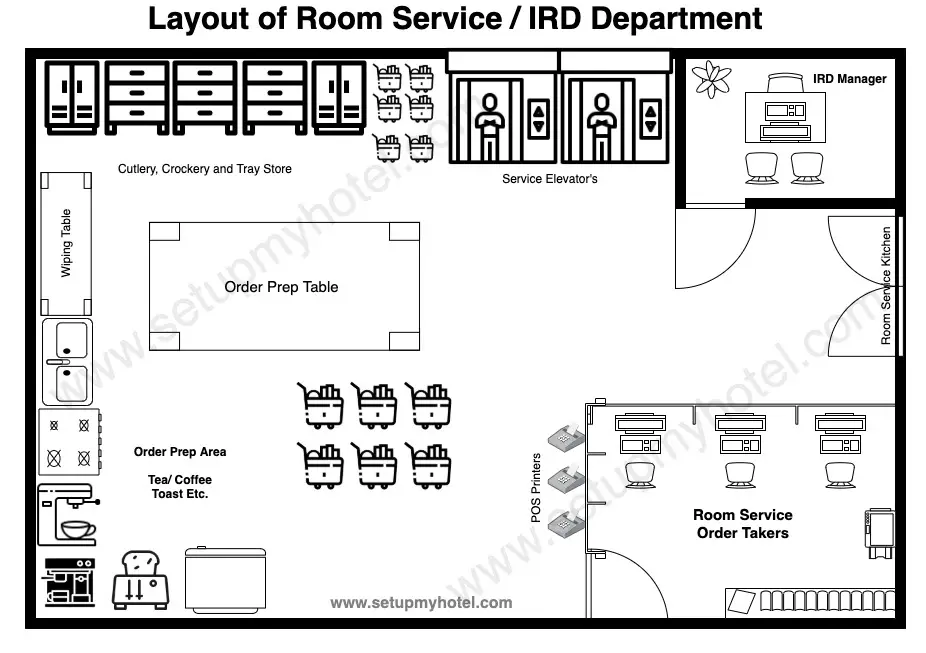
Standard Layout of Room Service / In-Room Dining (IRD) The layout of a hotel room service department can vary depending ...
Read more
Types Of Spoons And Knives Used For Food & Beverage (F&B) Service
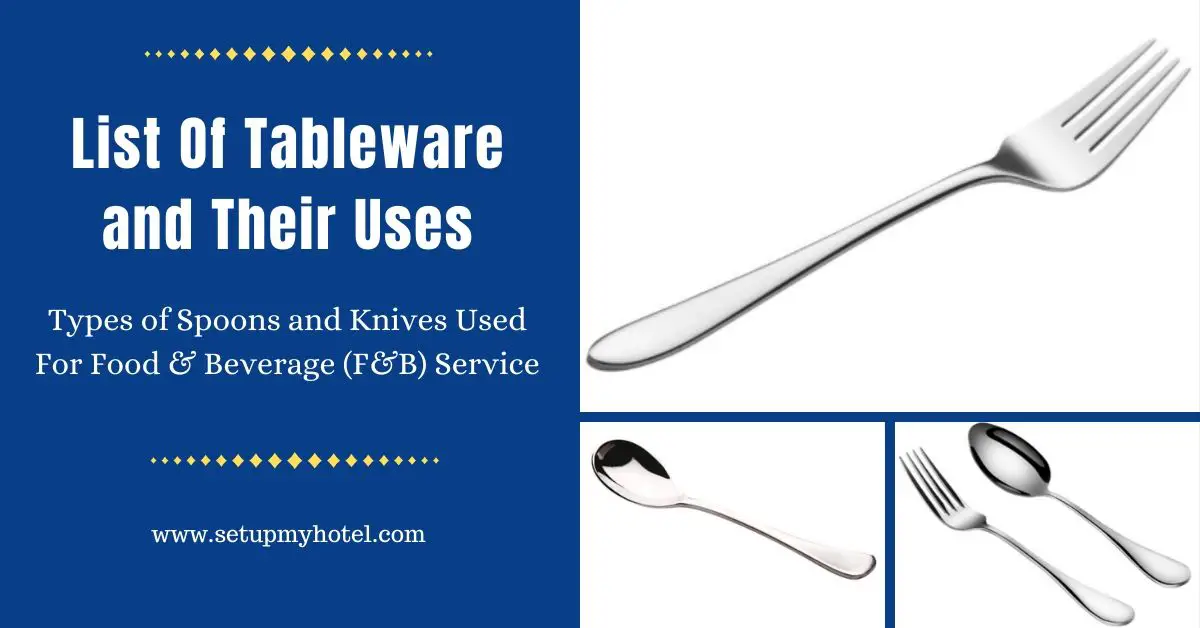
Different Types of Spoons and Forks Used in Food and Beverage Services In the food and beverage industry, there are ...
Read more
Defining Reservation Policies In Restaurants | Coffee Shops (F&B) – Hotels | Resorts
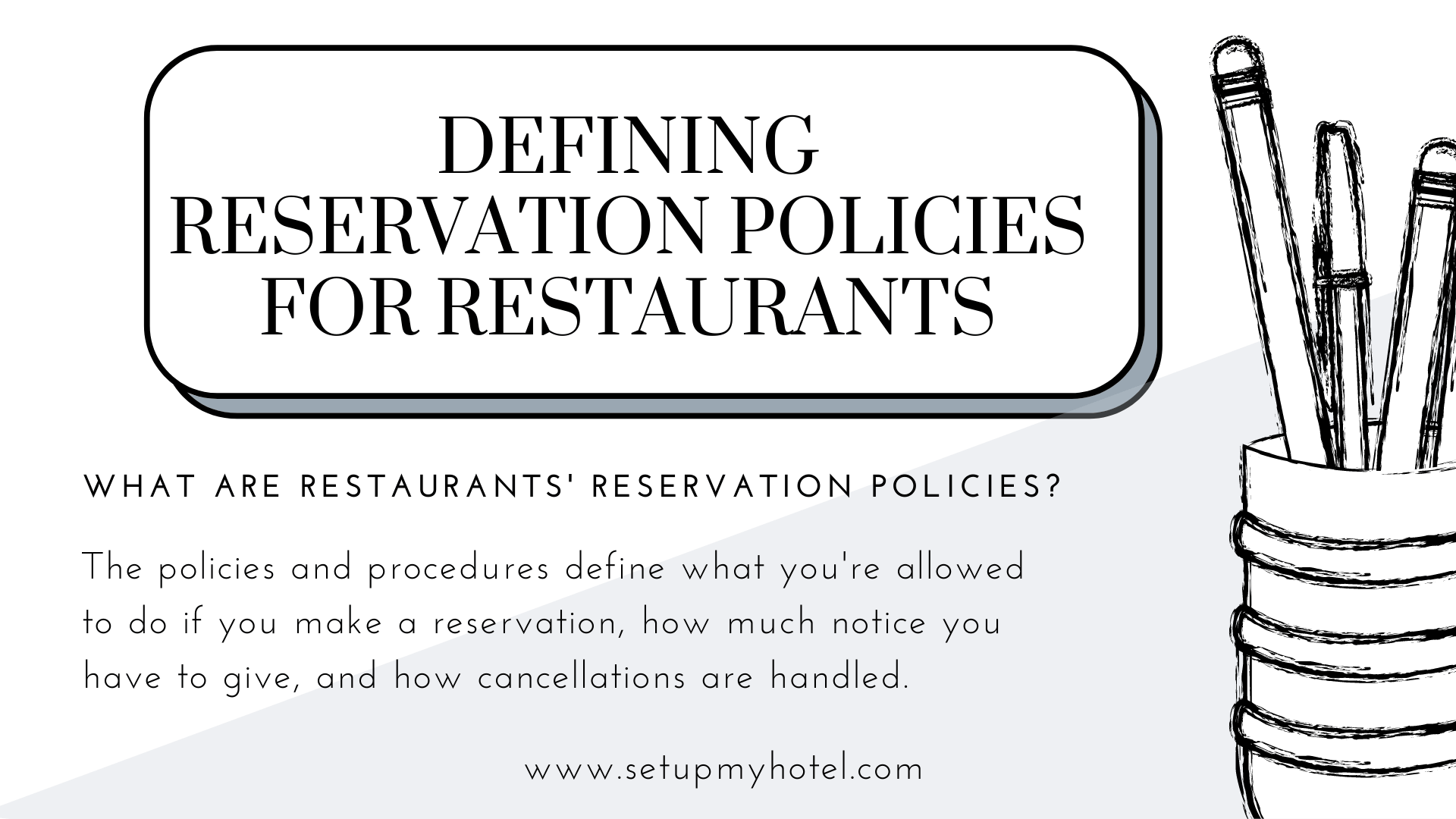
Defining Reservation Policies in Restaurants | Coffee Shops Introduction: What are hotel restaurants’ reservation policies? Many hotels have a “reservation ...
Read more

